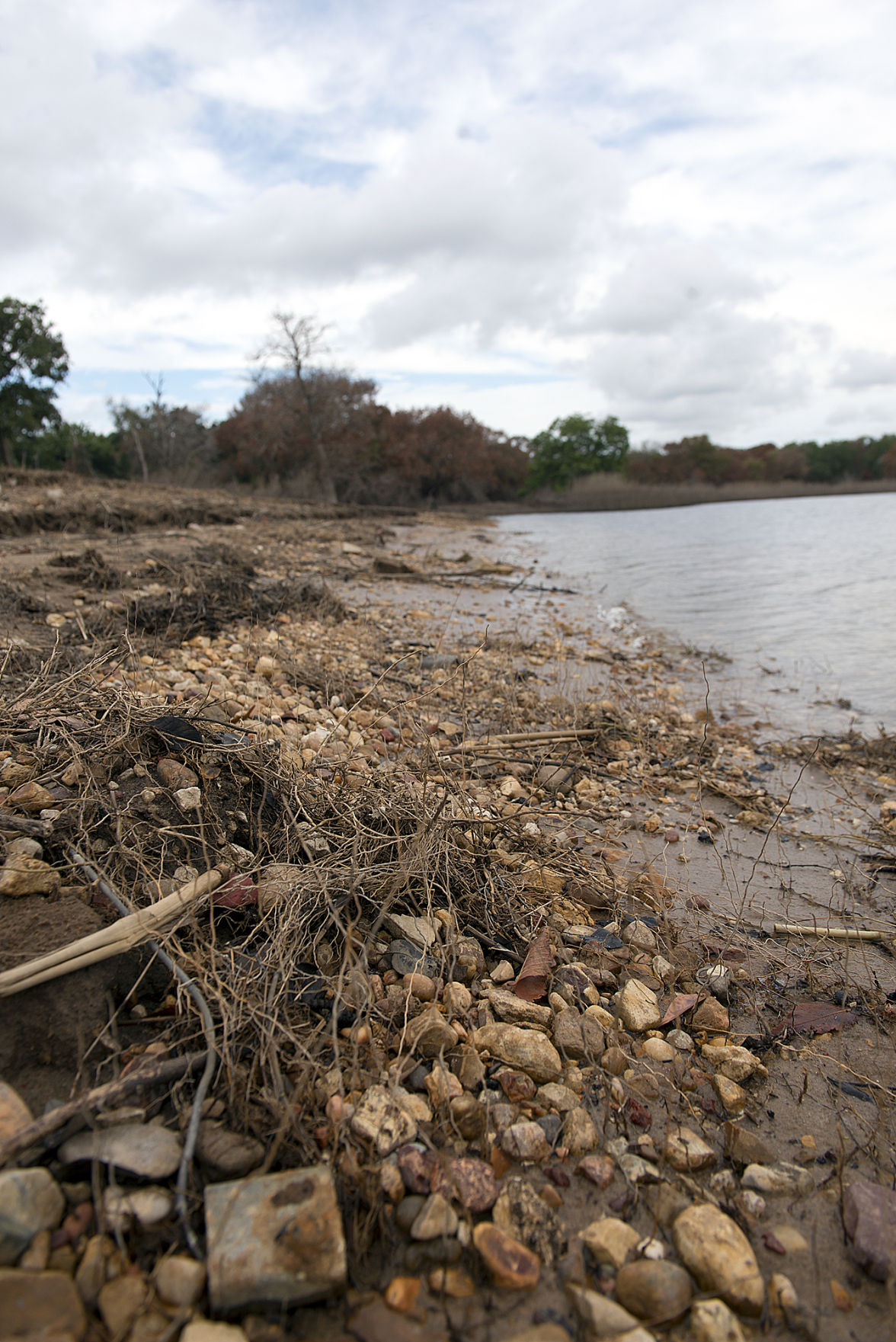

When mapping the San Francisco in 1822, Stephen F Austin (the Father of Texas) referenced it as Yegua which is Spanish for "mare". De Leon is also credited with playing a role in the development of Old San Antonio Road, also known as El Camino Real or "the King's Highway". Mission San Francisco de los Tejas is memorialized today at Mission Tejas State Park. De Leon led multiple Spanish expeditions in what would later become Texas and served as Governor of Coahuila before founding the first Spanish Mission in Texas with Chaplain Damian Massanet (also in 1690). It was first noted in 1690 by Spanish Explorer Alonso De Leon, who called it the San Francisco. It runs between the Brazos River and Lake Somerville. Yegua Creek (pronounced "Yay-wah") is a 31-mile tributary of the Brazos River. So we figured, in this post, we'd share a bit about the history of Yegua Creek. We talk about the history of Lake Somerville in our post on Rocky Creek Park, the sister COE park to Yegua Creek Park. We had a fantastic time visiting with them and even got to go out fishing on their boat! So much fun!īoating With Ronnie and Shirley The History of Yegua Creek:

Our neighbors at Yegua Creek Park were Ronnie and Shirley.

Y'all know that one of our favorite things about RVing is the people that we meet. Campsites are back-in, and there are a few sites that can hold bigger rigs. We would definitely visit again in the future. The trail was well-marked and in good shape with the exception of a bridge that was crossable, but needs repair.ĭuring our stay, Yegua Creek Park was very clean and well-maintained. While we were disappointed to find only one hiking trail, it was a 1.5 mile nature trail that was an interesting walk.

Lake Somerville is popular amongst boaters and is a rather large lake, so rough water can be a problem for novice paddlers. There is a beach area near the center of the park for swimming or putting kayaks/canoes into the lake, but the water was pretty choppy for most of our stay so we opted not to kayak on this trip. But for us, we really loved the shade and would choose our section again. Folks with boats and watercraft may prefer the access to the lake in this section. The other camping area has far fewer trees, but has a good number of campsites that offer direct access to the water. "Waterfront" sites in this section mostly have unobstructed views of the water without actual access to the lake due to a drop off from the land to the water. The section we camped in has a lot of mature trees which offer fantastic shade and an opportunity to watch birds and squirrels. There are two distinct camping areas at Yegua Creek Park. While we enjoyed amazing sunrises across the lake at Rocky Creek Park, here at Yegua we loved taking in the amazing sunsets over Lake Somerville! We saw a lot of families and couples who seemed to be there mostly to relax. It filled up to capacity on the weekend, but it did not have a party vibe during our stay. While we did not have a waterfront site, we could see the lake from two directions.ĭuring the week, the park was very quiet. Our site also included a picnic table, fire pit and very nice BBQ grill which we used throughout the week. Our campsite at Yegua Creek Park (site number 41) was incredibly shaded, backed up to a meadow frequented by herds of deer, and included 30/50amp electricity and water. Even though these sister parks are located close to each other, on the same lake, and operated by the same federal organization, the experience was very different. Following our week-long stay at Rocky Creek Park, we traveled a whopping 4 miles to another section of Lake Somerville and another Corps of Engineers (COE) park, Yegua Creek Park.


 0 kommentar(er)
0 kommentar(er)
